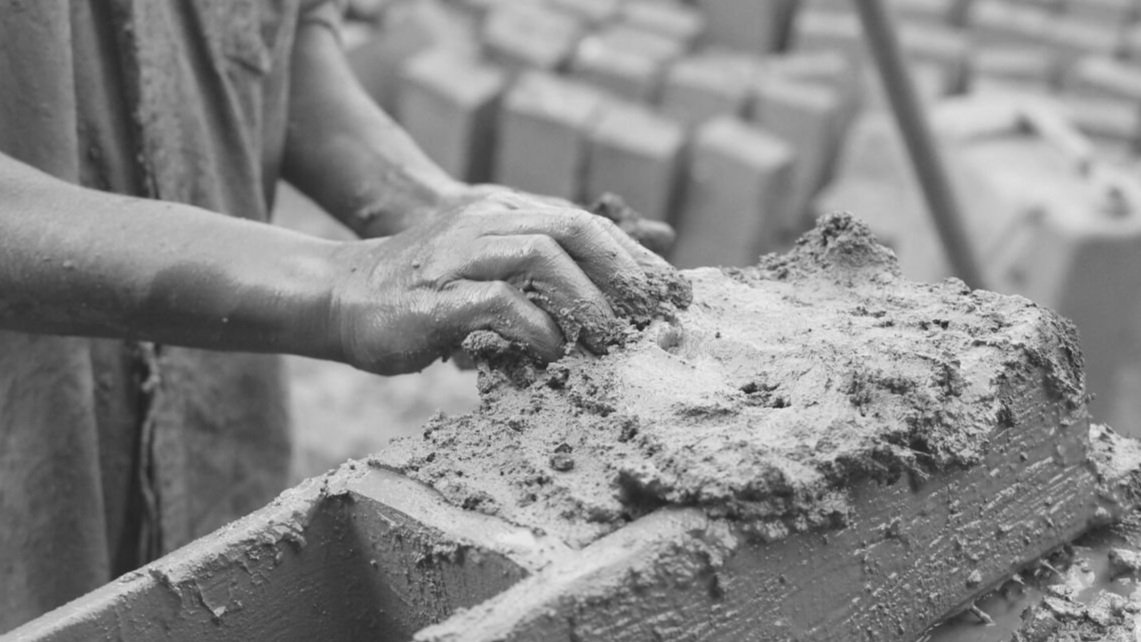Child Labour and Mental Health
Anca-Maria Postolache
Many pieces of research establish the negative effects of child labour on physical health, but there is a distinct lack of research on the deterioration effect of child labour on children’s mental health. The physical health impacts of child labour are numerous, including musculoskeletal issues, respiratory conditions and pesticide poisoning, to name only a few. However, mental health impacts are also varied, but with less research and acknowledgement. For example, children doing repetitive, laborious tasks often suffer from feelings of hopelessness and migrating for work, which requires them to leave their families, further isolates them and affects their mental health. Additionally, there is an association between poor physical health and poor mental health in children. A study in Vietnam found that children who were suffering with long-term physical health conditions were over 2 times more likely to also suffer from a mental health condition, a finding that is matched across geographical contexts. It is therefore clear to see both the links between mental and physical health, as well as the need to explore both independently.
A study in low- and middle-income countries found a strong association between poor mental health and child labour in 7 out of 12 studies. Perhaps more surprising is the further significant link found between child labour and internalising problems specifically (often symptoms of anxiety and depression, such as tearfulness, irritability, an inability to take pleasure in other activities, fearfulness and avoidance) rather than externalising problems (including conduct-based issues such as stealing, aggressive behaviour and impulsivity). This distinction is important for understanding the psychological impact of child labour, as internalising disorders are serious issues from a societal and family perspective that require early interventions. The study also highlights the most relevant risk factors associated with poor mental health, such as domestic labour, in which girls are more likely to be working (in 2020, the International Labour Organisation estimated 4.4 million girls in domestic work that constituted child labour, compared to 1.8 million boys). Other reported risk factors include a younger age and a higher intensity of work, which highlights the need for specific focus on hazardous work and the specific age of the child.
It is important to emphasise the impact of child labour on mental health because of the extent of the issue; 160 million children are estimated to be in child labour worldwide. Research conducted in India and Vietnam links early childhood labour with worsened mental health. A report from the 2016 National Mental Health Survey of India highlights that the mental health disorder percentage was almost 7% for the 13-17 age group. In Vietnam, 24% of students were found to be over the behavioural problems threshold. Moreover, the research clearly highlighted the mental health of non-working children to be significantly better when compared to working children, comparing across emotional symptoms, conduct and peer problems and hyperactivity.
Explorations into all aspects of the impact of child labour on children is essential. Child labour should be viewed as a serious threat for children and a hazard for the development of psychiatric disorders. Researchers strongly recommend recreating studies with large cohorts to strengthen the knowledge on the effects of child labour on mental health and the topic should be highly relevant when creating policies to combat this socially complex issue.
At HACE, we advocate for the understanding and exploration of root causes of child labour. Our 10-Sector methodology encompasses further areas which may affect the mental health of children, such as Education or Food and Nutrition. Gaining a holistic view of how children live in specific contexts is vital to reducing their risk of both child labour and poor mental health. Although our mission is data-driven, we acknowledge the need for grassroots interventions at a more individual level, which is the specialty of many fantastic organisations. However, in order to aid these organisations in reaching all children in need of their help, high quality quantitative and qualitative data is necessary. HACE works with any organisation wishing to improve their data frameworks to help children in child labour.


